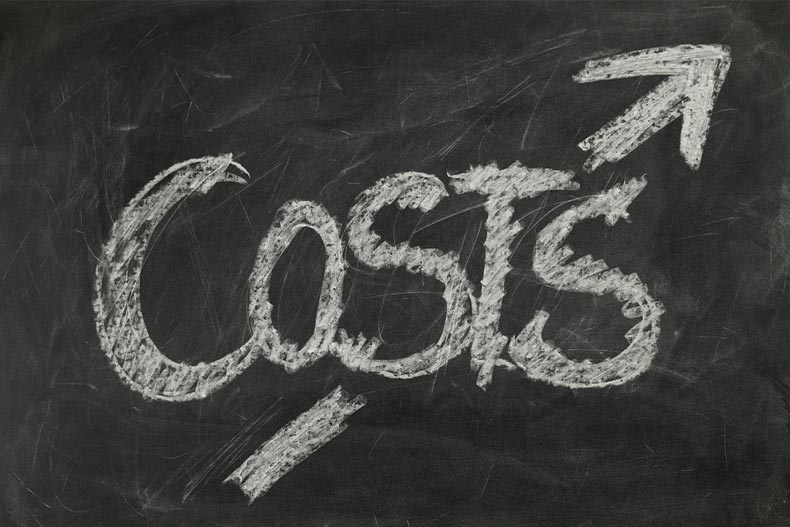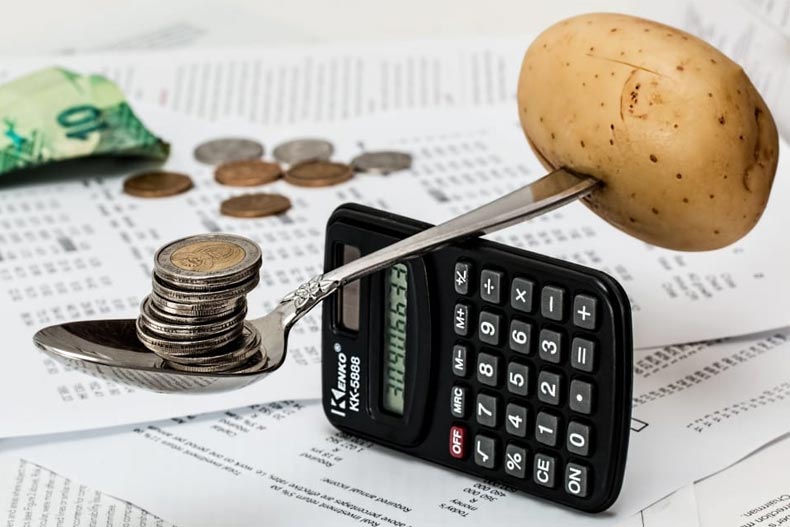Cost per unit refers to the total amount of money it costs to make one of your products. It’s a very important thing to think about, as the cost per unit can determine the eventual selling price. Ideally, you want to keep it as low as possible, but how do you calculate it?
Listed below, you will find all the things to take into consideration:

Fixed Costs
The cost per unit is split into two categories; fixed and variable costs. For fixed costs, you’re looking at the price of things that stay constant throughout the manufacturing process. A huge fixed cost for most small businesses is their base of operations. If you manufacture everything in a warehouse, you need to pay rent for that warehouse. Likewise, you may rent machines that handle CNC fabrication, cutting, or welding, and these will count as fixed costs too.
Then, you have things like insurance which your business may need to buy to carry out production. Essentially, anything that requires you to pay a fixed amount of money, over the course of manufacturing, will be considered a fixed cost and needs to be added up.
Variable Costs
So, if fixed costs are costs that remain constant throughout the process, what are variable ones? It’s pretty self-explanatory, it refers to any costs that may change as you make your products. A big example of this is your labor costs. If you have employees coming in and helping you make products, then you have to pay them. Often, they get paid hourly, which means your labor costs can vary depending on how long they worked for.
The cost of your raw materials can also be variable as their price may change. You might start buying materials from one company, then switch to another because the company you sourced from upped their prices. Add up all the variable costs, and you’ve almost finished the calculation.

Fixed + Variable Costs
The hardest part is adding up all the fixed and variable costs, but things get easier from now. All you have to do is take your two sums of money and add them together. Now, you have the total amount of money you spent throughout the manufacturing process.
From this point, you take that number and divide it by how many products you created in that time. As a result, you will be left with the cost per unit!
In theory, calculating the cost per unit is fairly simple. The one tip I will give is that you should really keep track of all your expenses. Make sure you know how much everything costs while manufacturing your products. Don’t forget about anything too, if it contributes to the making of your products, then it goes down as a cost of some kind.
By making this calculation, you’re in a position to determine how much a single unit can sell for in the shops or online. The aim is to keep your cost per unit as low as possible, so there’s more room to make a profit.











